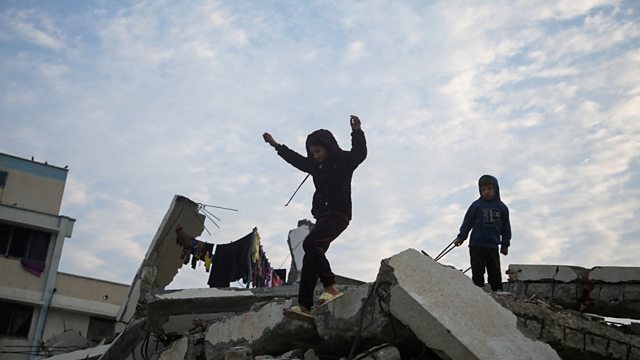Netanyahu’s announcement comes one hour before the ceasefire deadline. Hostages were expected to be released within hours of the start of the ceasefire, opening the way to a possible end to a 15-month war that has upended the Middle East
read more
Relatives and friends of hostages as well as people who died during Hamas’ October 7 attack react to the news of Gaza ceasefire and hostage deal. AP
Israeli Prime Minister Benjamin Netanyahu said Gaza’s ceasefire, due to start at 0630 GMT on Sunday, will not begin until the Palestinian militant group Hamas provides a list of hostages to be released.
Netanyahu’s announcement comes one hour before the ceasefire deadline. Hostages were expected to be released within hours of the start of the ceasefire, opening the way to a possible end to a 15-month war that has upended the Middle East.
“The prime minister instructed the IDF (Israel Defense Forces) that the ceasefire, which is supposed to go into effect at 8:30 a.m., will not begin until Israel has the list of released abductees that Hamas has pledged to provide,” his office said on Sunday.
Hamas on Sunday affirmed its commitment to the Gaza ceasefire deal, saying the delay in disclosing the names of hostages to be released in first phase was due to “technical field reasons”.
Israeli forces had started withdrawing from areas in Gaza’s Rafah to the Philadelphi corridor along the border between Egypt and Gaza, pro-Hamas media reported early on Sunday.
Israel’s military warned Gaza residents not to approach its troops or move around the Palestinian territory ahead of the ceasefire deadline, adding when movement is allowed “a statement and instructions will be issued on safe transit methods”.
The ceasefire agreement followed months of on-off negotiations brokered by Egypt, Qatar and the United States, and came just ahead of the Jan. 20 inauguration of U.S. President-elect Donald Trump.
The three-stage ceasefire will come into effect at 0630 GMT on Sunday.
Its first stage will last six weeks, during which 33 of the remaining 98 hostages – women, children, men over 50, the ill and wounded – will be released in return for almost 2,000 Palestinian prisoners and detainees.
They include 737 male, female and teen-aged prisoners, some of whom are members of militant groups convicted of attacks that killed dozens of Israelis, as well as hundreds of Palestinians from Gaza in detention since the start of the war.
Three female hostages are expected to be released on Sunday afternoon through the Red Cross, in return for 30 prisoners each.
After Sunday’s hostage release, lead U.S. negotiator Brett McGurk said, the accord calls for four more female hostages to be freed after seven days, followed by the release of three further hostages every seven days thereafter.
During the first phase the Israeli army will pull back from some of its positions in Gaza and Palestinians displaced from areas in northern Gaza will be allowed to return.
U.S. President Joe Biden’s team worked closely with Trump’s Middle East envoy Steve Witkoff to push the deal over the line.
As his inauguration approached, Trump had repeated his demand that a deal be done swiftly, warning repeatedly that there would be “hell to pay” if the hostages were not released.
Post-war Gaza?
But what will come next in Gaza remains unclear in the absence of a comprehensive agreement on the postwar future of the enclave, which will require billions of dollars and years of work to rebuild.
And although the stated aim of the ceasefire is to end the war entirely, it could easily unravel.
Hamas, which has controlled Gaza

